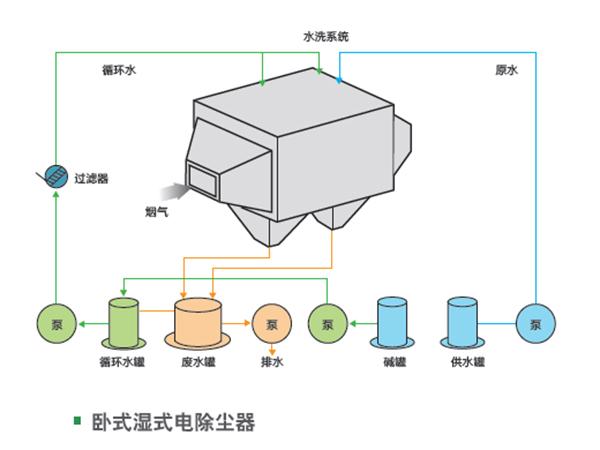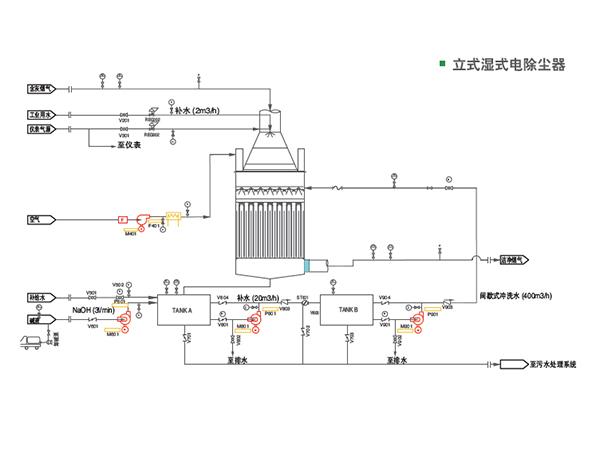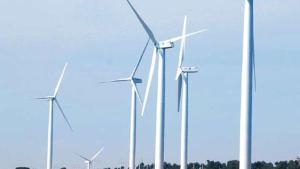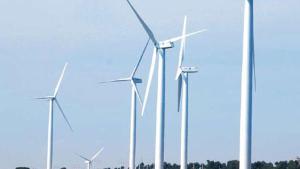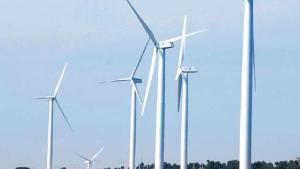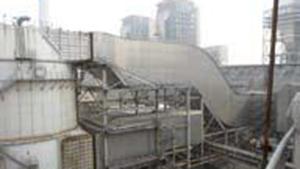System of dust removal: facing severe atmospheric environment and increasingly strict emission standards, dust pollution control must be urgently handled in compliance with stricter requirements. Our existing technologies of dust removal include low cryogenic electric precipitation system, wet electrostatic precipitator and some conventional dust collectors.
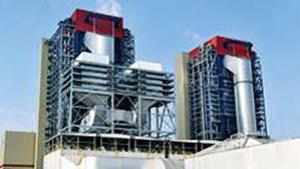
Before the electric dust collector, a heat recovery device is provided to reduce the dust collector inlet temperature to realize better results of dust collection using change in dust characteristics. After the absorber, a superheater is installed. Using waste heat of flue gas to raise the flue gas temperature prevents corrosion to the downstream equipment, without leakage of flue gas. It may thoroughly eliminate white smoke and "gypsum rain".
In compliance with the latest environment-protection emission standards: The dust collector outlet dust concentration may be reduced to below 10 mg/Nm3 .
Reduced area covered on site: One or two electric fields may be reduced due to this dust collector.
Low electricity consumption: Induced draft fan power lowered with reduced flue gas volume basically equal to induced draft fan power increased with addition of low-temperature heat exchanger.
Low water consumption: Because the water evaporation in the desulphurization absorption tower is reduced, the desulphurization make-up water may be reduced by70 t/h for a typical 1000 MW unit.
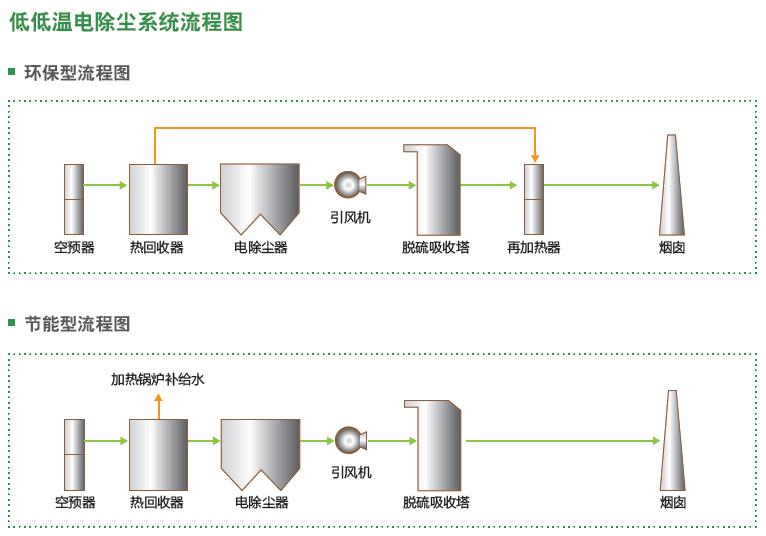
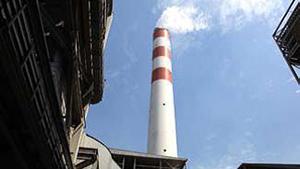
The wet electrostatic precipitator (WESP) may be used as terminal fine treatment equipment for high-efficiency dust collection. It features strong function to control composite pollutant and collect well the fine, viscous or high-specific resistance dust as well as the acid mist, aerosol, Hg, heavy metals, dioxin, etc. in the flue gas. At present, most of coal-fired power plants use wet flue gas desulfurization system, which may create favorable conditions for application of WESP in power generation plants and provide proactive reliable technology which is able to meet the requirements of extremely low emission and able to control composite pollutants.
Now, the people at home and abroad have made impressive achievements in research on PM2.5 eliminating technologies including electrostatic-fabric integrated dust collector, flue gas conditioning, agglomeration technology, and transformation to conventional electrostatic precipitator. However, the above technologies of dust collection are unable to solve such issues as "gypsum rain" etc. resulting from WFGD. The WESP may solve issues of both "gypsum rain" and emission of fine particle matters, effectively eliminating PM 2.5 fine particle matters and increasing transparency of flue gas.
A vertical high-flow rate WESP does not only feature very high efficiency of dust collection and mist removal, but also has a smaller footprint than that of conventional low-flow rate WESP, providing a solution for transformation of power plants.
The sprinkler is provided with special nozzles, evenly spraying into the electric field, with even water film formed on the anode plate. The flue dust and water mist deposited on the anode plate will be washed to the tower bottom to avoid secondary fly dust problem of dry electrostatic precipitator.
The precipitation pole uses cellular anode plate, with both availability of anode plate sectional area and higher efficiency than those of plate and tube types.
A high-speed WESP may be modularized for expansion, ideal for fossil-fired power plant with different capacities and models.

